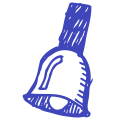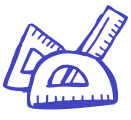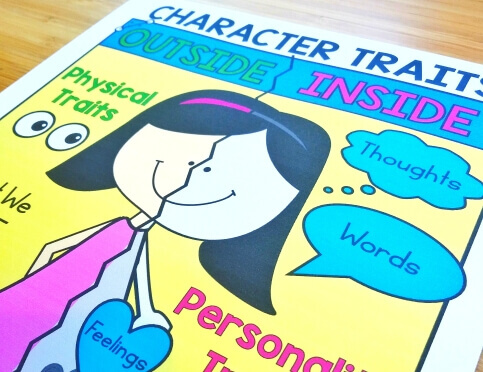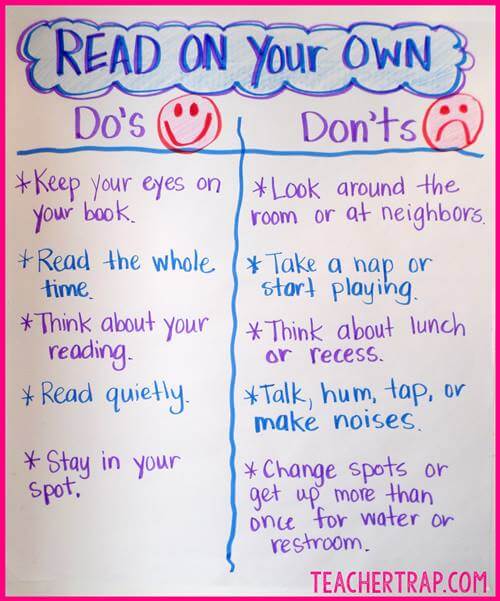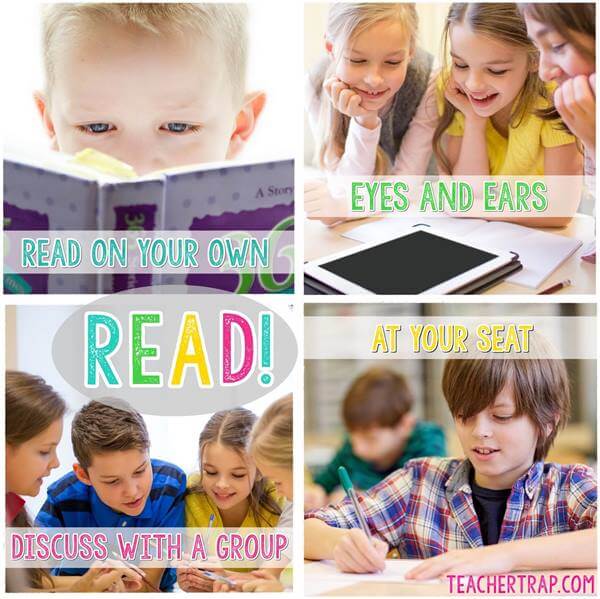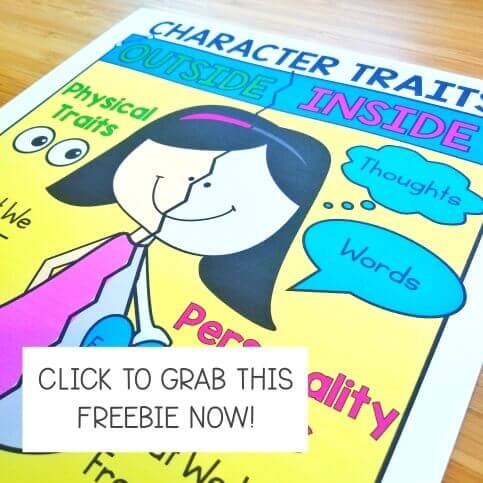Over the years, I have structured my Reading Block in so many different ways. My classroom has been the testing ground for everything from the Four Blocks Model to Literacy Stations to Daily 5 to Reading Workshop. And for every system I’ve tried, there are parts that work wonderfully for my students and parts that just don’t click. (Most likely due to user error, of course!) But each time I ventured into a new format, I’d keep some parts that worked well and add on something new. Mix that with ideas from fellow teachers, ideas based on what my kids needed, and simply trying to survive, and you’ve got my current Reading Block! (Which, by the way, I LOVE!)
My Reading Block Goals
* effective in growing readers (and writers)
* focused on reading comprehension
* engaging for students
* self-differentiating
* easy to adapt for different classes or time constraints
* meaningful work for students
* REAL reading and writing
* easy to manage!
I’m not a fan of literacy stations or centers (don’t stone me!) and here’s why: the kids spend too much time doing contrived tasks in the name of practicing isolated skills. And on top of that, stations take a ton of preparation work for teachers, require a lot of materials, and use up a lot of learning time as you teach new stations. I want my students doing the REAL work of readers and writers. Not only have I found this to be the most effective way to boost achievement, but I also find it’s the best way to keep kids engaged.
The rotations I use in my classroom give me a simple way to manage the kids and resources while they do REAL reading and writing work. I call them READ Rotations, partly because I like to say, “It’s time to READ!” rather than “It’s time for Rotations,” but also because the acronym fits with activities I want to see my kids doing. And mainly, I want to see them reading, talking about reading, listening to reading, and writing about reading.
My rotations take a few weeks to launch but require little up keep. Once I’ve taught the kids how we do each rotation, the only thing that changes is the books they are reading and writing about.
For each task, I make sure to teach, model, practice, and give feedback. I start by teaching the purpose for the rotation and how it will help them become better readers. I model what the task SHOULD look like, and what it SHOULD NOT look like. We create anchor charts together of potential problems and how they could be solved. The goal is for students to have a clear vision of what the work should look like and then give kids time to try it and refine it before they are expected to do it independently.
Teach the Choices Carefully
Read On Your Own
Here’s where kids spend time reading those on-level, just-right books, to build their fluency and apply the comprehension strategies we’ve been working on. For more information on how I run “Read on Your Own,” as well as tips for setting up Book Choice Tubs, check out my post on Independent Reading Time.
Eyes and Ears
This is when kids spend time listening to reading. It might be by reading with partner, reading on the computer, reading along with books on CD, or reading with other technology such as Ipads or tablets. During this time, kids can explore texts beyond their independent reading level because they have the extra support of a partner or some form of technology.
At Your Seat
My kids LOVE “At Your Seat” work because it’s when they get to be creative and “make stuff.” During this time, students respond to their reading in writing. The kids create books, do research projects, write in their reading journals, and apply comprehension strategies.
Discuss With a Group
I use a mixture of Guided Reading and Book Clubs during this rotation. My end goal is to empower students to lead their own Book Club discussions. In the beginning, students use Book Club Questions to guide the conversation, but higher groups eventually lose the need for such scaffolding. I love this format because the kids really take ownership of the discussion and it allows me more flexibility in meeting with students during rotations. In the beginning of the year, I stay at the table for “Discuss With a Group,” but as the groups take the lead, I am able to sneak away and meet with struggling students for one on one instruction.
This year, I decided to make some materials to go with my READ Rotations. If you’re interested in trying this out, take peek at the product preview for more details! I’ve included posters, guides, launching plans, a slide show for students, and printables to help you launch READ Rotations in your own classroom.
 |
| Boost reading comprehension with READ Rotations! |
And just to give you the big picture, my Reading Block begins with a 15-20 minute whole class lesson. The whole group lesson includes modeling and guided or shared practice of the skill or strategy. As the lesson ends, students begin their first rotation and we switch every 15 minutes. My entire Reading Block is about 80 minutes.
I’d love to hear more ideas for maximizing this time of day! Feel free to share in the comments.


